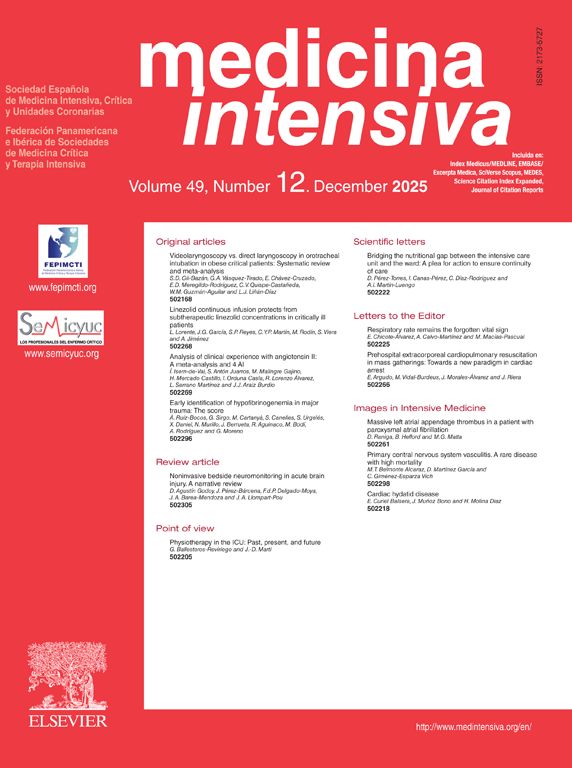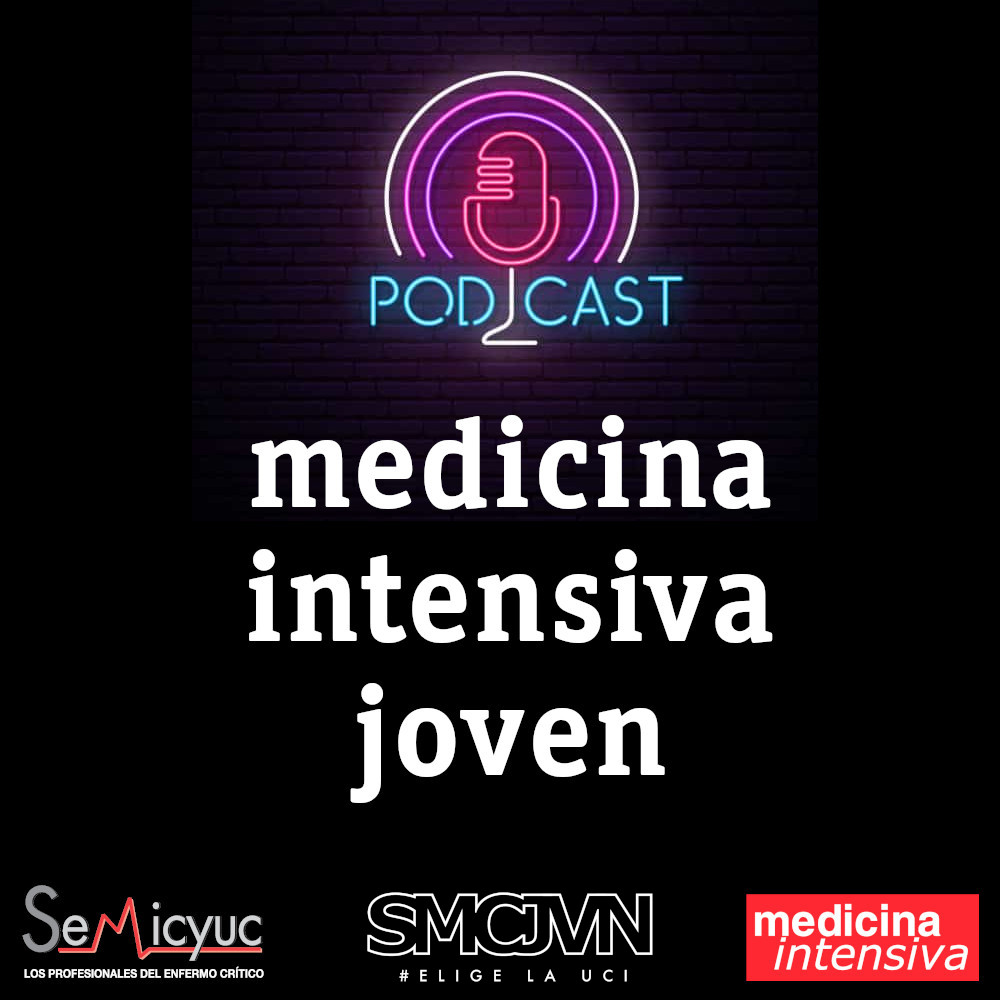We have read with interest the recent article published on the use of vasopressin in critically ill patients.1 The authors provide a pertinent review of the pathophysiology and indications of vasopressin in the critically ill patient. In this line, we would like to emphasize the available evidence on the use of vasopressin in hemorrhagic shock, which is, along with head trauma, the leading cause of death after trauma, accounting for up to 70% of early deaths. Despite advances in the management and outcomes of hemorrhagic shock in recent years, these advances have focused primarily on the control of coagulopathy and hemorrhage. In our setting, although norepinephrine is still the vasopressor of choice, the level of evidence coming from the European clinical practice guidelines is 1C.2 Several studies have pointed out the fundamental role of endogenous vasopressin during hemorrhagic shock. Therefore, both in animal models and in patients, decreases in vasopressin levels have been observed during hemorrhagic shock, especially in patients requiring more aggressive resuscitation. The body’s inability to rapidly replenish this hormone is followed by a state of vasoplegia and catecholamine-resistant increased venous capacitance.3 This relative vasopressin deficiency has been correlated with the need for massive transfusion. The AVERT-Shock trial randomized 100 patients with traumatic hemorrhagic shock to receive low doses of vasopressin (4 U bolus followed by infusion < 0.04 U/min) or usual treatment. Treatment was maintained for 48 h for a target mean arterial pressure of, at least, 65 mmHg. The authors describe a lower need for blood products in the group on vasopressin. The doses used in this study aim to correct vasopressin deficiency to physiological levels and would not produce an increase in blood pressure in healthy subjects. According to the authors, the observed effect would not only depend on the vasoactive properties of vasopressin, but also on other effects, such as the increase in the release of Von Willebrand factor or platelet aggregation.4 The study has some limitations, including the high proportion of penetrating trauma and its single-center nature. Nevertheless, it brings the available evidence on vasopressin in hemorrhagic shock closer to other contexts. In this line, a recent publication by the American College of Surgeons of Trauma (AAST) proposes for the first time vasopressin as the drug of choice in the treatment of vasoplegia due to traumatic hemorrhage.5 Evidence from clinical trials and incorporation into clinical guidelines places vasopressin as a drug to be considered in the short-term therapeutic arsenal of hemorrhagic shock. However, numerous questions remain unanswered, among which we highlight the impact of its association with norepinephrine, the most appropriate time for its initiation and withdrawal, and the definitive impact on more relevant outcomes, such as mortality.
CRediT authorship contribution statementAll authors have contributed to this manuscript and have given their approval.
FundingNone declared.
None declared.




